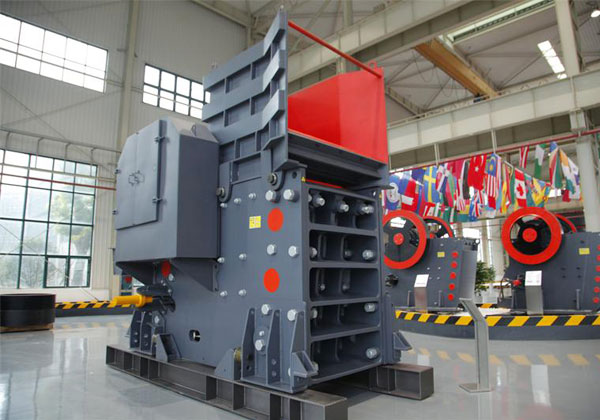A jaw crusher is one of the most commonly used crushers in the mining and construction industries. It is designed to break large rocks or ores into smaller, manageable pieces, primarily through compression. The working mechanism of a jaw crusher involves a fixed jaw and a movable jaw that work together to crush materials. The fixed jaw is typically mounted vertically on the machine’s frame, while the movable jaw swings back and forth in a motion called “reciprocation.” This movement allows the jaws to grip and crush the material as it moves between them.
The process begins when the material is fed into the top of the jaw crusher’s chamber. As the movable jaw moves towards the fixed jaw, it compresses the material, breaking it into smaller fragments. The gap between the two jaws, known as the discharge opening, is adjustable, which determines the final size of the crushed material. The adjustable setting is crucial, as it allows operators to control the particle size of the output, making the machine versatile for various types of applications.

The working principle of the jaw crusher can be explained further by looking at the key components. The motor drives the belt and pulley system, which in turn moves the eccentric shaft. This eccentric shaft causes the movable jaw to move in an elliptical motion. As the movable jaw approaches the fixed jaw, the material is compressed, crushed, and discharged through the opening. The efficiency of this process depends on several factors, including the size of the material, the speed of the jaw movement, and the spacing between the jaws.
Jaw crushers are designed to handle a variety of materials, from hard rock to softer ores and aggregates. The crushing efficiency is influenced by the hardness of the material being processed. Harder materials such as granite or basalt require more force to break, while softer materials such as limestone are easier to crush. The size and shape of the material also play a role in determining the overall efficiency of the crusher. Typically, jaw crushers are used in primary crushing operations, where large chunks of material are reduced to smaller sizes before being processed further.
In addition to the basic components and working mechanism, jaw crushers are equipped with various features to improve performance and reduce wear. For example, many jaw crushers include a hydraulic system for adjusting the discharge opening, allowing for greater control over the final product size. Additionally, modern jaw crushers often incorporate features like wear-resistant plates, safety devices, and automatic lubrication systems to extend the life of the machine and enhance operational efficiency. As a result, jaw crushers remain a vital tool in many industries, providing reliable and efficient material reduction.
